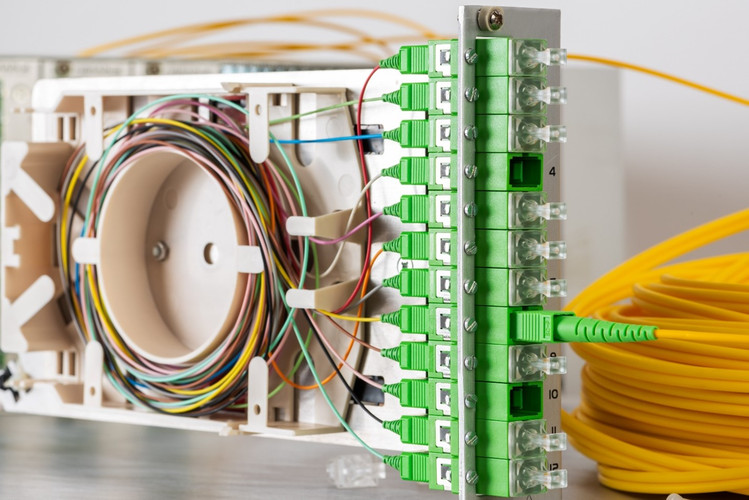
If you’re familiar with passive optical networking, whether in the LAN or in the outside plant FTTX world, you likely know what an optical splitter (or beam splitter) does. In basic terms, optical splitters are simple passive devices that split incoming light signals into multiple signals.
But did you know that there are two distinct types of splitters—planar lightwave circuit (PLC) splitters (sometimes called planar waveguide circuit splitters) and fused biconical tapered (FBT) splitters? Let’s examine how these different splitters work and some key considerations.
PLCs – An Equal Split
PLC splitters are the primary splitter type used in passive optical LANs and outside plant FTTX networks (e.g., GPON, EPON, etc.). They split an incoming signal from an optical line terminal (OLT) into multiple output signals that serve optical network terminals (ONTs) or optical network units (ONUs) located at work areas, homes, or businesses. PLC splitters divide signals equally and are denoted with a 1XN or 2XN splitter ratio, where the first number is the number of inputs and N is the number of outputs. This is accomplished using a semiconductor optical splitter chip based on a quartz substrate with integrated waveguiding technology. PLC splitters are high-quality with low failure rates that offer precise equal splitting for 1260 nm to 1650 nm operating wavelengths.
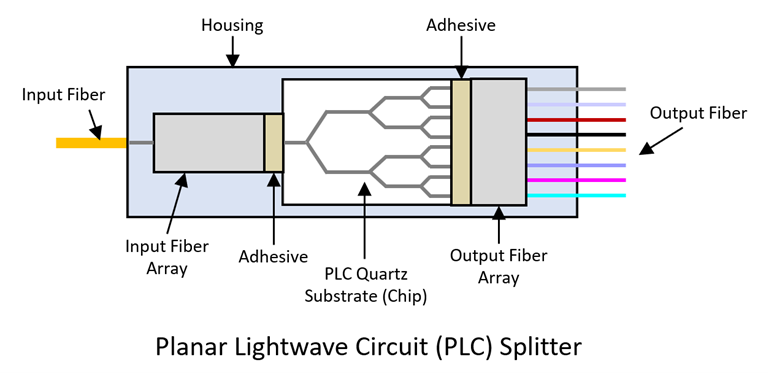
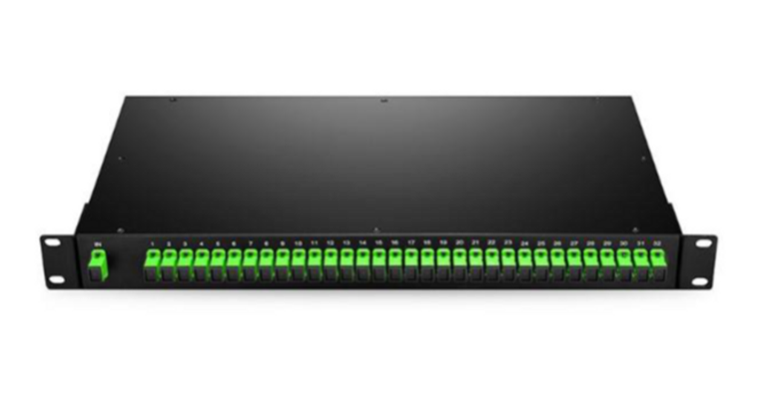
PLC splitters can split one incoming fiber signal into as many as 64 signals, commonly available in 1X2, 1X4, 1X8, 1X12, 1X16, 1X32, or 1X64 ratios. Ratios are selected depending on factors, such as required speed, distance, and number of users, with higher 1X64 ratios typically limited to shorter lengths. Splitters with a 1X32 ratio are common in passive optical LANs, such as our rack-mount 1U PLC splitter .
Sometimes multiple splitters will be used in a cascaded approach, starting with a smaller ratio such as 1X4 located in the distribution network and then each of the four outputs connecting to a 1X8 splitter for a total of 32 outputs. Using cascaded splitters rather than a centralized approach can make it difficult to optimize OLT ports and creates multiple points of access that can hinder troubleshooting. However, some service providers use the cascade approach in FTTX deployments to reduce the amount of fiber needed in their distribution networks.
Some splitters come with two incoming signals, such as 2X8, 2X16, 2X32, or 2X64. Dual income splitters are used for redundancy where the two incoming signals come from separate OLTs or line cards within an OLT. If one incoming signal fails, the other can take over. Passive optical LANs leverage this redundancy like a traditional switched LAN might use two separate switches or blades (primary and secondary), especially for mission-critical applications.
FBTs – A Cost-Effective Option
FBT splitters differ from PLC splitters in that they can split an input signal into unequal signals at a specific percentage. While they can split signal equally in 1X2, 1X3, 1X4, and 1X8 ratios, FBT splitters aren’t recommended for ratios greater than 1X4. For asymmetrical splits, 1X2 FBT splitters can pretty much accommodate any desired ratio, including 40/60, 30/70, 20/80, 10/90, 5/95, 1/99, etc. FBT splitters work by fusing two or more pieces of optical fiber. This process makes FBT splitters less expensive than PLC splitters. However, as PLC splitter technology has advanced and gained market share, the cost differential has come down.
The important thing to know about FBT splitters is that they only support 850 nm, 1310 nm, and 1550 nm wavelengths. They are also not considered as reliable as PLC splitters. Their split ratios are not as precice, they have a more limited operating temperature, and they are more susceptible to failure—especially at higher split ratios. But they do have their place.
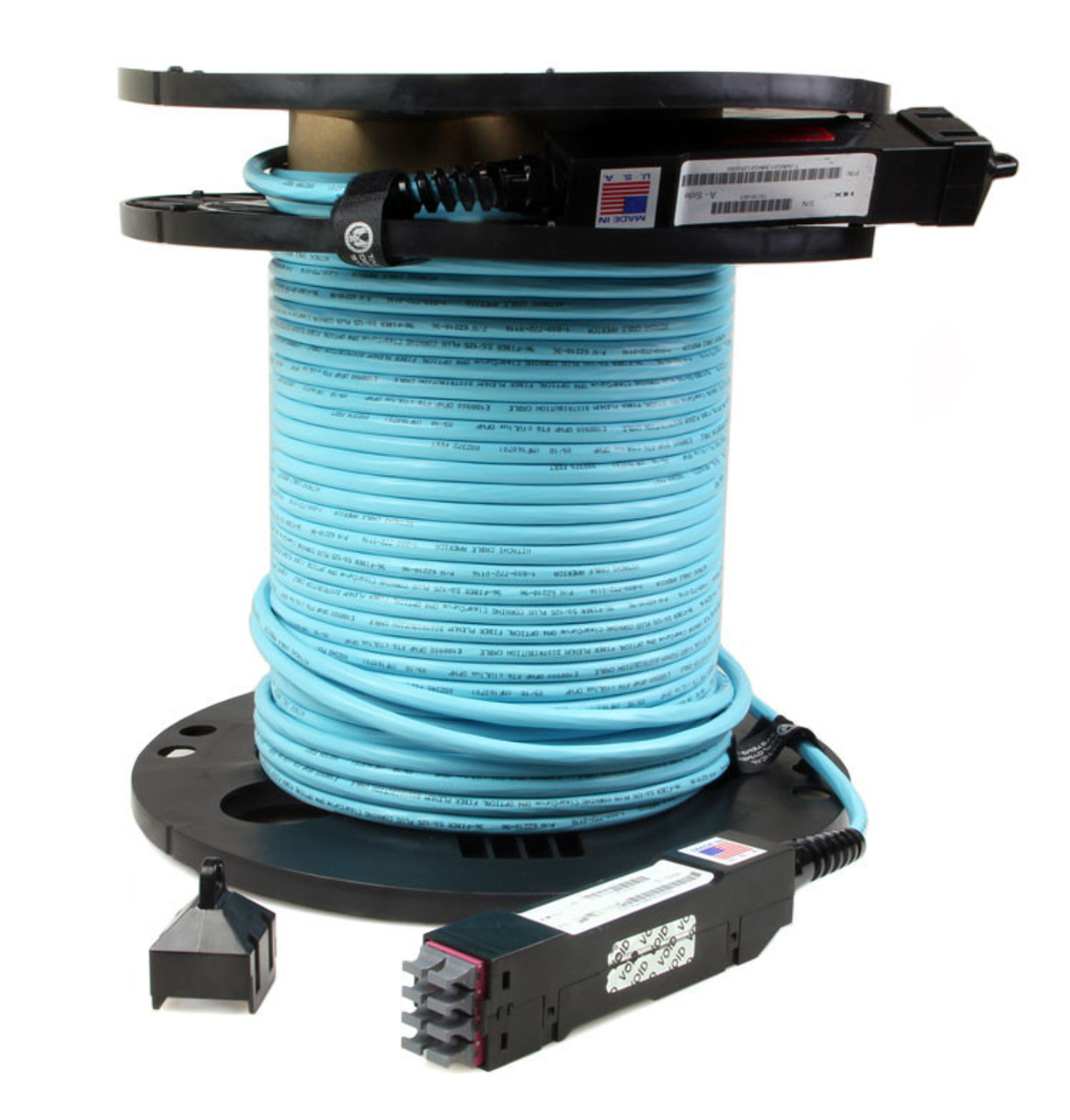
FBT splitters can be a cost-effective option for simple applications that do not require high split ratios, or where you need to split a signal unequally. This makes them a good option for smaller passive optical LAN and rural FTTX deployments. The key consideration of using FBT splitters in FTTX applications is
the limited wavelengths, which could prevent them from supporting future applications.
FBT splitters are also ideal for passive monitoring applications where a network management system can use a percentage of the signal to monitor critical links. For example, our H28² Tap cassettes utilize this splitter technology to transmit data into two paths—one that transmits to the original location and the other that transmits copied information to a monitoring port for traffic monitoring.
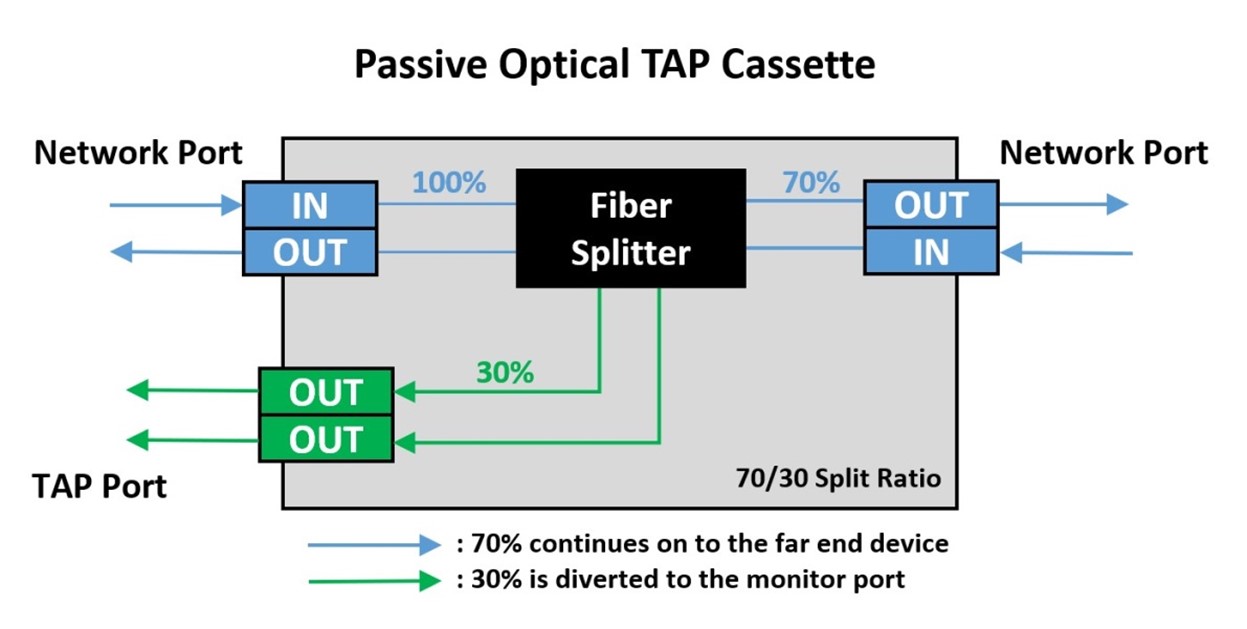
A Note about Loss
In any passive optical network, the optical splitter is the component with the most insertion loss. The insertion loss also increases with increased split ratios. For example, a 1X8 PLC splitter will exhibit a typical insertion loss of about 11.5 dB, while a 1X32 PLC splitter exhibits about 15 dB. FBT and PLC splitters have similar insertion loss values for low splits, but beyond a 1X8, FBT splitter loss increases substantially. Because FBT splitters have a smaller operating temperature range than PLC splitters, it’s important to note that insertion loss will increase if the splitter is out of range.
Because of the loss associated with splitters, the maximum insertion loss for a passive optical LAN is 28 dB with a minimum of 13 dB—a far cry from the 1.9 dB for a 40 Gig multimode channel in a switched network. As with any optical network, you can use a power meter to easily check loss on each wavelength.
The good news is that Cables Plus, USA, offers a variety of optical splitters, including FBT splitters in various asymmetrical split ratios and PLC splitters in 1X2, 1X4, 1X8, 1X12, 1X16, and 1X32 ratios, as well as our HD8² TAP Cassettes. Just contact us at sales@cablesplususa.com, and we’ll help you choose the right splitter to suit your needs.

